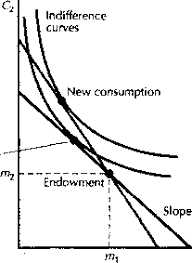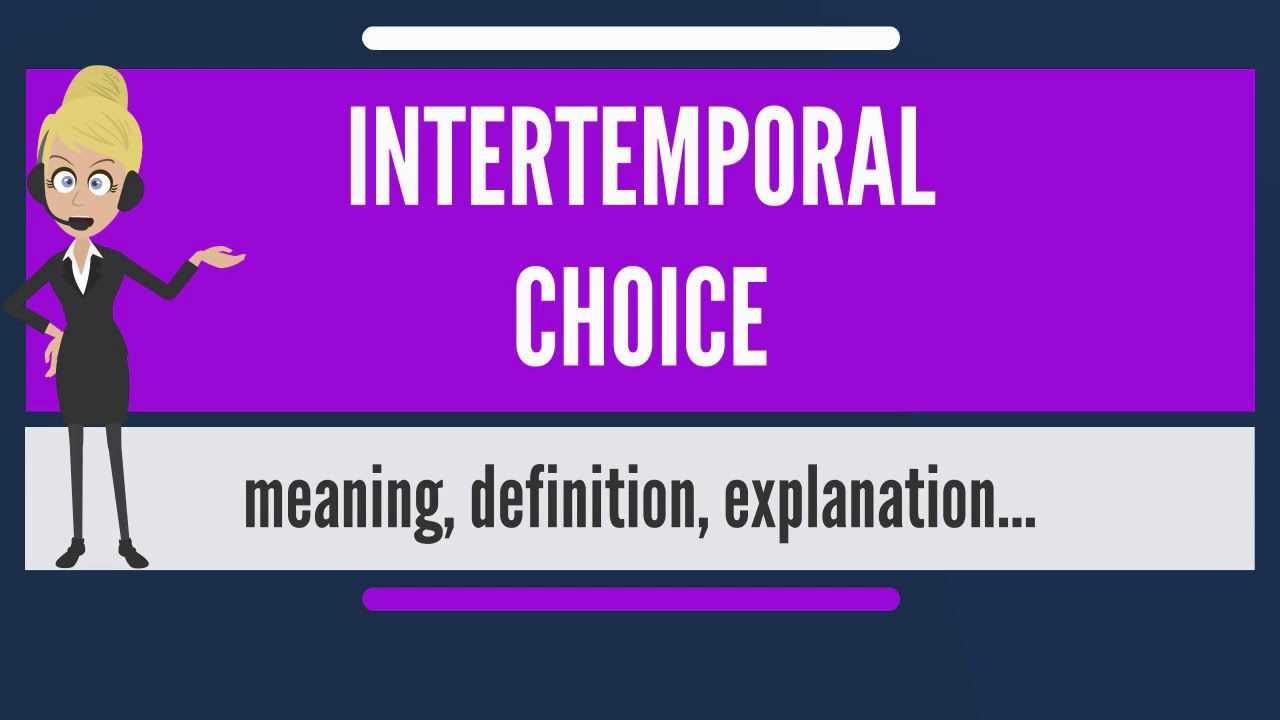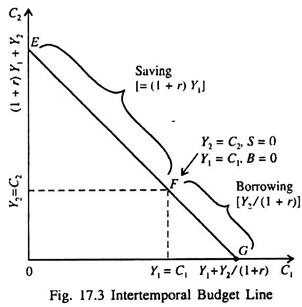Importance of Intertemporal Choice in Behavioral Economics
1. Strategic Planning
Intertemporal choice helps businesses in strategic planning by considering the trade-offs between short-term gains and long-term benefits. By evaluating the potential outcomes and consequences of different choices over time, businesses can develop effective strategies that align with their long-term goals. This allows them to prioritize investments, allocate resources, and make decisions that maximize overall value and growth.
2. Investment Decisions
For example, a business may have the option to invest in new technology that promises short-term cost savings but requires a significant upfront investment. By considering the long-term benefits and potential competitive advantages of the technology, the business can make a more informed decision about whether the investment is worthwhile.
3. Pricing Strategies
For instance, businesses can offer discounts or promotions that provide immediate benefits to consumers while still ensuring long-term profitability. By considering the intertemporal preferences of their target market, businesses can tailor their pricing strategies to attract and retain customers while maintaining a sustainable business model.
4. Marketing and Advertising

For example, businesses can create marketing messages that highlight the long-term benefits of their products or services, appealing to consumers who prioritize future outcomes. Alternatively, they can emphasize the immediate benefits or instant gratification that their offerings provide, targeting consumers who are more focused on immediate rewards.
5. Customer Loyalty and Retention
For instance, businesses can offer loyalty programs that provide immediate rewards while also offering long-term benefits, such as exclusive discounts or access to special events. By appealing to consumers’ intertemporal preferences, businesses can increase customer satisfaction, loyalty, and lifetime value.
The Impact of Intertemporal Choice on Individual Decision-Making
Intertemporal choice refers to the decision-making process that involves trade-offs between costs and benefits that occur at different points in time. This concept has a significant impact on individual decision-making and can greatly influence the outcomes of various choices.
When individuals are faced with intertemporal choices, they must consider the potential benefits and costs that will be experienced in the short-term versus the long-term. This requires individuals to weigh the immediate gratification of a decision against the potential future benefits or consequences.
Delayed Gratification
One of the key aspects of intertemporal choice is the concept of delayed gratification. This refers to the ability to resist immediate rewards in order to obtain greater rewards in the future. Individuals who have a high level of self-control and can delay gratification are often able to make better long-term decisions.
For example, consider a person who is trying to save money for a vacation. They may be tempted to spend their money on immediate purchases, such as eating out or buying new clothes. However, if they are able to delay gratification and save their money instead, they will be able to enjoy a more fulfilling vacation in the future.
Time Preference
Another important factor in intertemporal choice is an individual’s time preference. This refers to the degree to which an individual values present rewards versus future rewards. Some individuals have a high time preference and prioritize immediate rewards, while others have a low time preference and prioritize future rewards.
Individuals with a high time preference may make impulsive decisions that provide immediate gratification but have negative long-term consequences. On the other hand, individuals with a low time preference are more likely to make decisions that prioritize long-term benefits, even if it means sacrificing immediate rewards.
Decision-Making Biases
Intertemporal choice is also influenced by various decision-making biases that can impact individual choices. For example, individuals may have a present bias, which leads them to prioritize immediate rewards over future rewards. This can result in poor financial decision-making, such as excessive spending or failure to save for retirement.
Additionally, individuals may be influenced by the framing effect, which occurs when the way a decision is presented or framed influences the decision-making process. For example, individuals may be more likely to choose a smaller immediate reward over a larger delayed reward if the immediate reward is framed as a “bonus” or “discount.”
Factors Influencing Intertemporal Choice
1. Time Preference: One of the key factors influencing intertemporal choice is an individual’s time preference. Time preference refers to the degree to which an individual values present rewards compared to future rewards. Some individuals may have a high time preference, preferring immediate gratification, while others may have a low time preference, prioritizing long-term benefits.
2. Discounting: Discounting is another factor that influences intertemporal choice. It refers to the tendency of individuals to value immediate rewards more than delayed rewards. Individuals often discount future rewards, considering them less valuable compared to immediate rewards. The rate at which individuals discount future rewards can vary, impacting their decision-making process.
3. Risk and Uncertainty: The presence of risk and uncertainty can significantly influence intertemporal choice. Individuals may be more inclined to choose immediate rewards over delayed rewards when faced with uncertain outcomes. The level of risk aversion or risk tolerance can vary among individuals, affecting their decision-making strategies.
4. Social and Cultural Factors: Intertemporal choice can also be influenced by social and cultural factors. Cultural norms, societal expectations, and peer influence can shape an individual’s decision-making process. For example, in a society that values instant gratification, individuals may be more inclined to choose immediate rewards over delayed rewards.
5. Personal Goals and Motivation: An individual’s personal goals and motivation can play a significant role in intertemporal choice. If an individual has long-term goals and is highly motivated to achieve them, they may be more likely to prioritize delayed rewards over immediate rewards. On the other hand, individuals with short-term goals or lack of motivation may lean towards immediate gratification.
6. Financial Constraints: Financial constraints can also impact intertemporal choice. Individuals with limited financial resources may be more inclined to choose immediate rewards to meet their immediate needs. On the other hand, individuals with greater financial stability may have the luxury to prioritize long-term benefits.
7. Emotional and Cognitive Factors: Emotions and cognitive biases can also influence intertemporal choice. Emotions such as impulsivity, self-control, and patience can impact an individual’s decision-making process. Cognitive biases like present bias, availability bias, and framing effects can also affect the way individuals perceive and evaluate future rewards.
Strategies for Improving Intertemporal Decision-Making

Intertemporal decision-making refers to the process of making choices that involve trade-offs between immediate rewards and future benefits. This concept plays a crucial role in both business and individual decision-making, as it has a significant impact on long-term outcomes and success.
1. Set Clear Goals and Priorities

One effective strategy for improving intertemporal decision-making is to set clear goals and priorities. By defining what is most important and aligning decisions with these goals, individuals and businesses can make more informed choices that consider the long-term implications.
2. Consider the Time Value of Money

The time value of money is an important concept in intertemporal decision-making. It recognizes that the value of money changes over time due to factors such as inflation and interest rates. By considering the time value of money, individuals and businesses can make more accurate assessments of the costs and benefits of different options.
3. Use Decision-Making Tools
There are various decision-making tools available that can help improve intertemporal decision-making. For example, decision trees can be used to map out different options and their potential outcomes over time. Cost-benefit analysis can also be utilized to weigh the costs and benefits of different choices.
4. Practice Delayed Gratification
Delayed gratification is the ability to resist immediate rewards in favor of larger, long-term benefits. This skill is essential for improving intertemporal decision-making, as it allows individuals and businesses to prioritize long-term goals over short-term desires. Practicing delayed gratification can be challenging, but it can lead to more favorable outcomes in the long run.
5. Seek Expert Advice
Seeking expert advice can be beneficial when making intertemporal decisions, especially for complex or high-stakes choices. Professionals with expertise in areas such as finance, economics, or strategic planning can provide valuable insights and help individuals and businesses make more informed decisions.
6. Consider Behavioral Biases
It is important to be aware of and account for behavioral biases when making intertemporal decisions. Biases such as present bias, where individuals prioritize immediate rewards over future benefits, can lead to suboptimal choices. By recognizing these biases, individuals and businesses can take steps to mitigate their impact and make more rational decisions.

Emily Bibb simplifies finance through bestselling books and articles, bridging complex concepts for everyday understanding. Engaging audiences via social media, she shares insights for financial success. Active in seminars and philanthropy, Bibb aims to create a more financially informed society, driven by her passion for empowering others.
